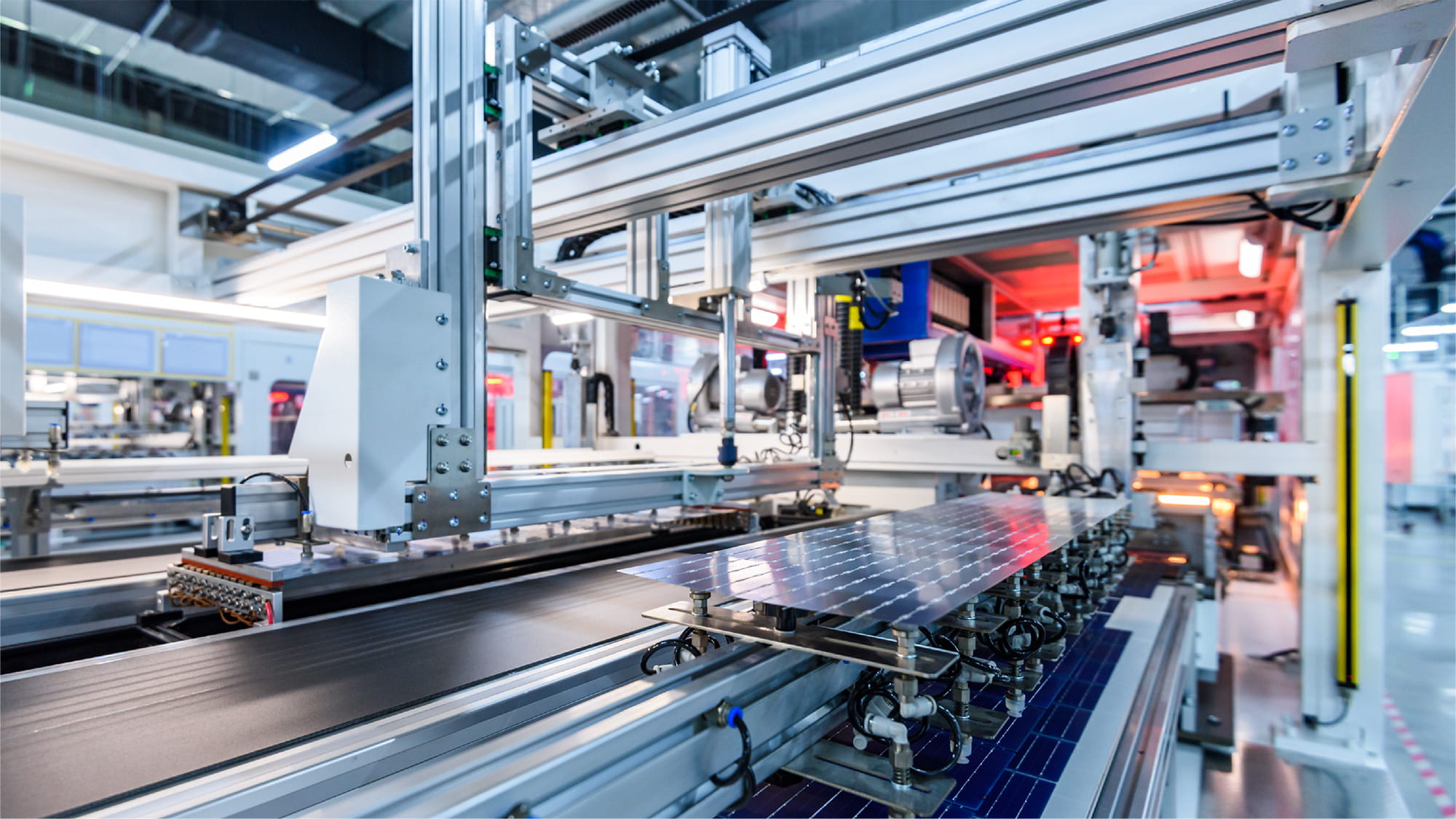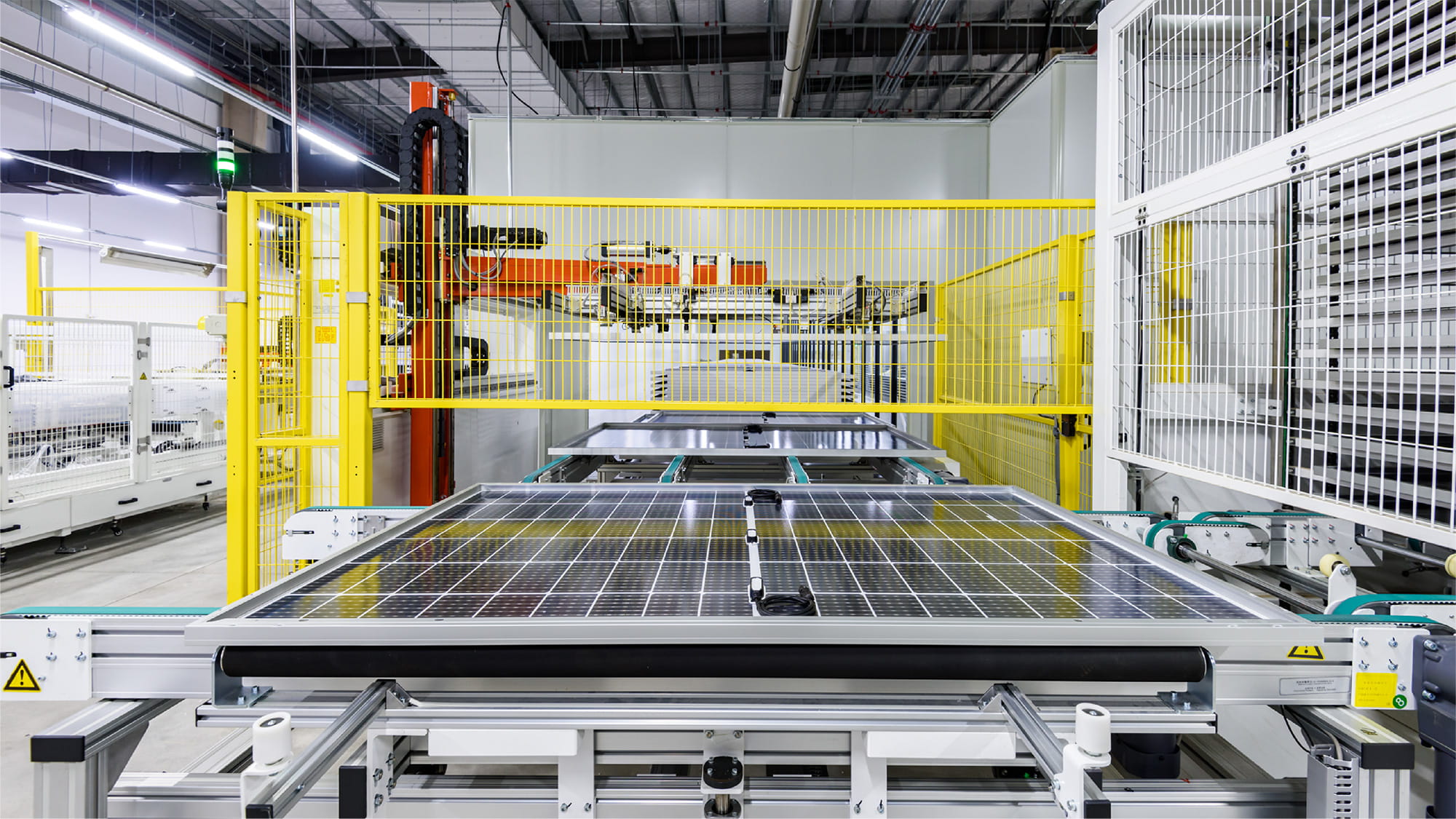About LNE Energy
- Suzhou LNE Energy Co.,Ltd is focused on exporting affordable price for MONO PERC Solar Panels and N-type TOPCON Solar Panels to emerging markets in Middle East, Asia, Latin America to support and help our customers to grow faster with sustainable ways. With Client’s Priority Philosophy.
- Suzhou LNE Energy Co.,Ltd have accomplished significant achievements on solar panel’s distribution via strong support to our distributors.
- All LNE Energy’s products have passed strict certifications, like IEC 61215, IEC 61730, CE,TUV, Which ensure LNE’s solar panels could perform excellent under strict outdoor conditions like ammonia, salt mist, high temperature, high humidity conditions.
-
Intelligent
ManufacturingSoldering means putting the welding strip onto the main grid line of the battery cell, leading out the negative electrode of the battery cell. Stringing refers to connecting multiple battery cells in series to form a module. Layout refers to the sequential placement of tempered glass, EVA, battery cells, EVA, and other auxiliary materials. Lamination refers to placing the laid modules into a laminating machine, vacuuming, and high-temperature heating to melt EVA. The test consists of four EL tests, namely electroluminescence testing, aimed at detecting internal defects in battery cells and modules. In addition, there is also IV detection, which involves testing the current voltage characteristic curve. By calibrating the output power of the battery and testing its output characteristics, the quality level of the modules can be determined.
-

-

-
Quality
AssuranceFrom a general perspective, the module processing process can be divided into seven steps: soldering, stringing, layout, lamination, framing, testing, and packaging. Under strict procedures, LNE has been committed to producing high-quality modules and has become a reliable supplier of photovoltaic modules, winning unanimous praise from customers both at home and abroad.
Certification
We are committed to establishing an integrated management system in line with ISO standards, we are proactive in meeting the needs and expectations of
our customers, and provide excellent service in the industry, our ultimate goal is to continuously improve customer satisfaction, which means that we will do our
best to fulfill our commitments and strive to achieve quality and yield assurance in our production areas.
Corporate Culture
-

VALUES
Aspire to be the best
PV service provider
in China and the world. -

VISION
industrial competition depends
on products, product competition
depends on quality. -

MISSION
To be one with our
innovating in order to realize
customers and create a new
future for PV together.
